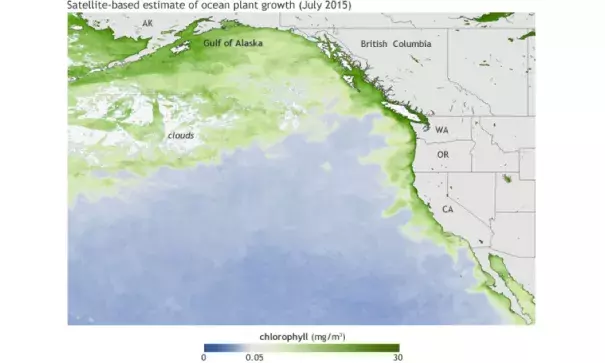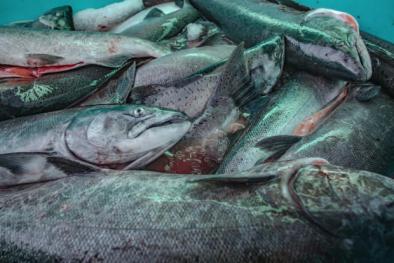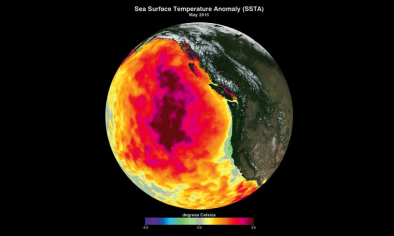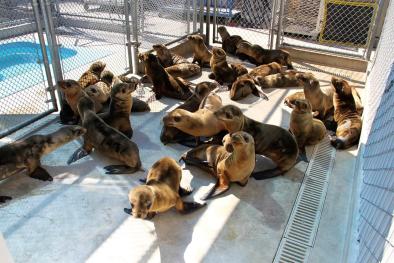Scientists link toxic algal blooms along U.S. West Coast to warm waters in the Pacific

Late in 2015, we published a series of stories about a large-scale harmful algal bloom year off the West Coast that resulted in numerous marine animal deaths and closures of recreational and commercial fisheries in California, Oregon, and Washington. At the time, scientists hypothesized that the severe, widespread toxic bloom was connected to unusually persistent warmth in the waters of the North Pacific, but actual evidence was limited.
New research led by Oregon State University and NOAA scientists supports the connection. The scientists have linked basin-wide warmth across the Pacific Ocean to the presence of elevated levels of a natural toxin—domoic acid—in razor clams in Oregon waters. According to the study, warmer oceans led to a higher likelihood that toxins would surpass safe threshold levels in Oregon, Washington, and California.
Related Content





